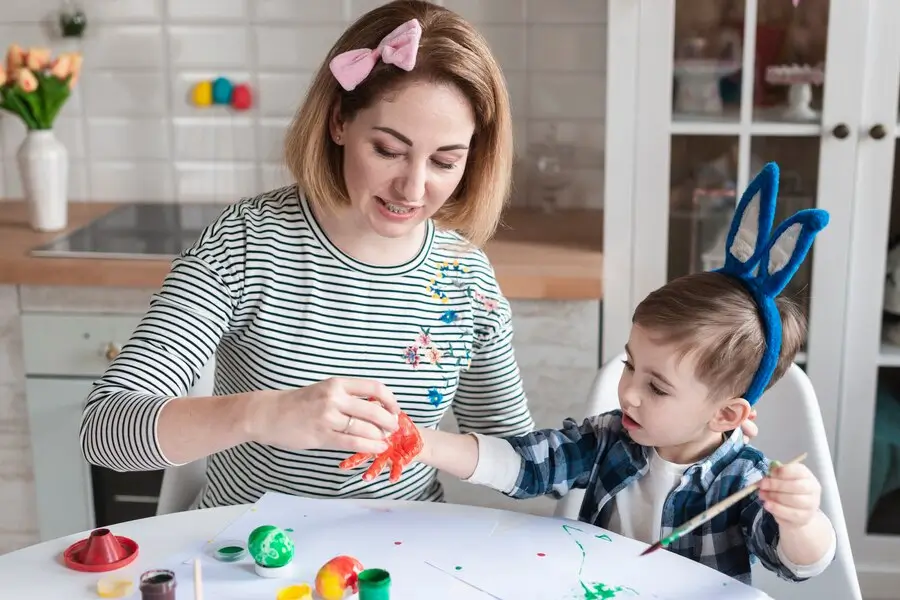Every child develops in their own unique way. For children on the autism spectrum, learning new skills can take time, patience, and the right support. ABA Therapy (Applied Behavior Analysis Therapy) is one of the most effective ways to help these children grow. It focuses on breaking big goals into small, manageable steps, allowing each child to progress at their own pace.
Understanding ABA Therapy
ABA Therapy is a science-based method that helps children improve behaviors, communication, and social skills. Therapists work one-on-one with each child, using rewards and positive reinforcement to build helpful habits and reduce challenging ones.
The Power of Small Steps
One of the greatest things about ABA is its focus on small, measurable progress. Even learning to point, make eye contact, or say “hello” is a big achievement. These steps may seem tiny, but they are powerful building blocks for more complex skills later on.
Every Milestone Matters
In ABA, no victory is too small to celebrate. When a child learns to wave goodbye, take turns, or ask for help, these are signs that the therapy is working. Parents and therapists often cheer for every bit of progress—because they know how much effort it takes.
Patience Is Key
ABA is not a quick fix. It’s a journey that requires time, commitment, and understanding. Children may take weeks to learn a new behavior, but with continued support, they eventually master it. The goal isn’t perfection—it’s progress.
The Role of Families
Families play a big role in ABA Therapy success. When parents follow through with therapy strategies at home, children learn faster. Many families also attend training sessions to understand how to support their child’s growth every day.
School and Social Support
Schools are now more involved in helping children on the spectrum. Teachers and aides trained in ABA methods can make learning smoother for these students. ABA also helps children gain social skills—like sharing, making friends, and handling emotions.
Real-Life Example: Sam’s Story
Sam, a six-year-old boy, began ABA Therapy without being able to speak. After months of hard work, he learned to use simple words to ask for what he wanted. His parents and therapists celebrated every new word he learned. Today, Sam is more confident, attends school, and even plays with other kids. His journey shows how small steps can lead to big changes.
ABA Center Based Therapy: A Structured Approach
Many children benefit from ABA Center Based Therapy, which takes place in a professional setting. These centers offer consistent routines, trained staff, and peer interaction. Center-based therapy allows children to learn in a controlled environment that prepares them for real-life situations. These centers also give parents a break and a chance to see their child grow under expert guidance.
Celebrating Success Together
Celebrating progress keeps motivation high for both children and their families. Therapists might use sticker charts, favorite toys, or special praise. Parents often share their child's wins with friends and support groups. Recognizing small wins builds confidence and strengthens the bond between children, families, and therapists.
Tracking Progress with Data
In ABA Therapy, data is collected regularly to track each child’s improvement. This helps therapists adjust the plan as needed. When data shows growth—like more eye contact or fewer meltdowns—it confirms that the therapy is working.
Staying Positive Through Setbacks
Not every day will bring progress. Some days are harder than others. Children might forget what they learned or have a tough time with a new skill. This is normal. The key is to stay positive and keep trying. Consistency, encouragement, and love go a long way.
Long-Term Growth
ABA helps not just with short-term behaviors, but also with long-term development. Skills learned during therapy often stay with children for life. They become better at handling change, understanding rules, and managing their emotions.
Supporting Each Other
It’s important for students, friends, and the wider community to understand and support children in ABA Therapy. Kindness, patience, and acceptance from peers can make a big difference in how these children feel and interact with others.
Looking to the Future
Many children who receive early and consistent ABA Therapy grow up to be more independent and socially active. While their paths may be different, their progress is meaningful and deserves to be celebrated at every stage.
Conclusion
ABA Therapy is a journey made of small steps that lead to big changes. Every little milestone matters and brings hope to families. With the help of ABA Center Based Therapy, trained professionals, and loving families, children can reach their full potential. Let's keep celebrating their growth, one step at a time.

